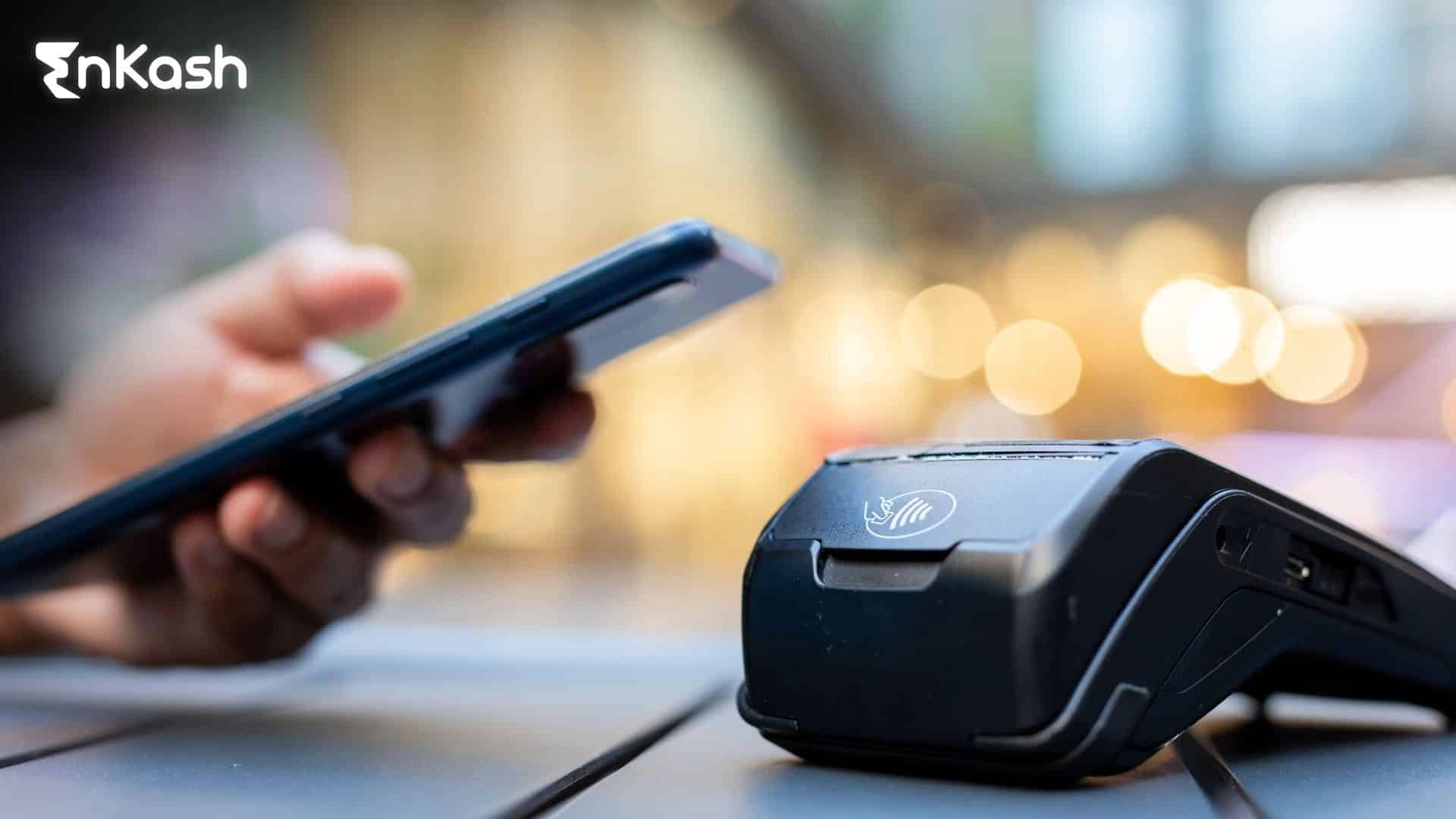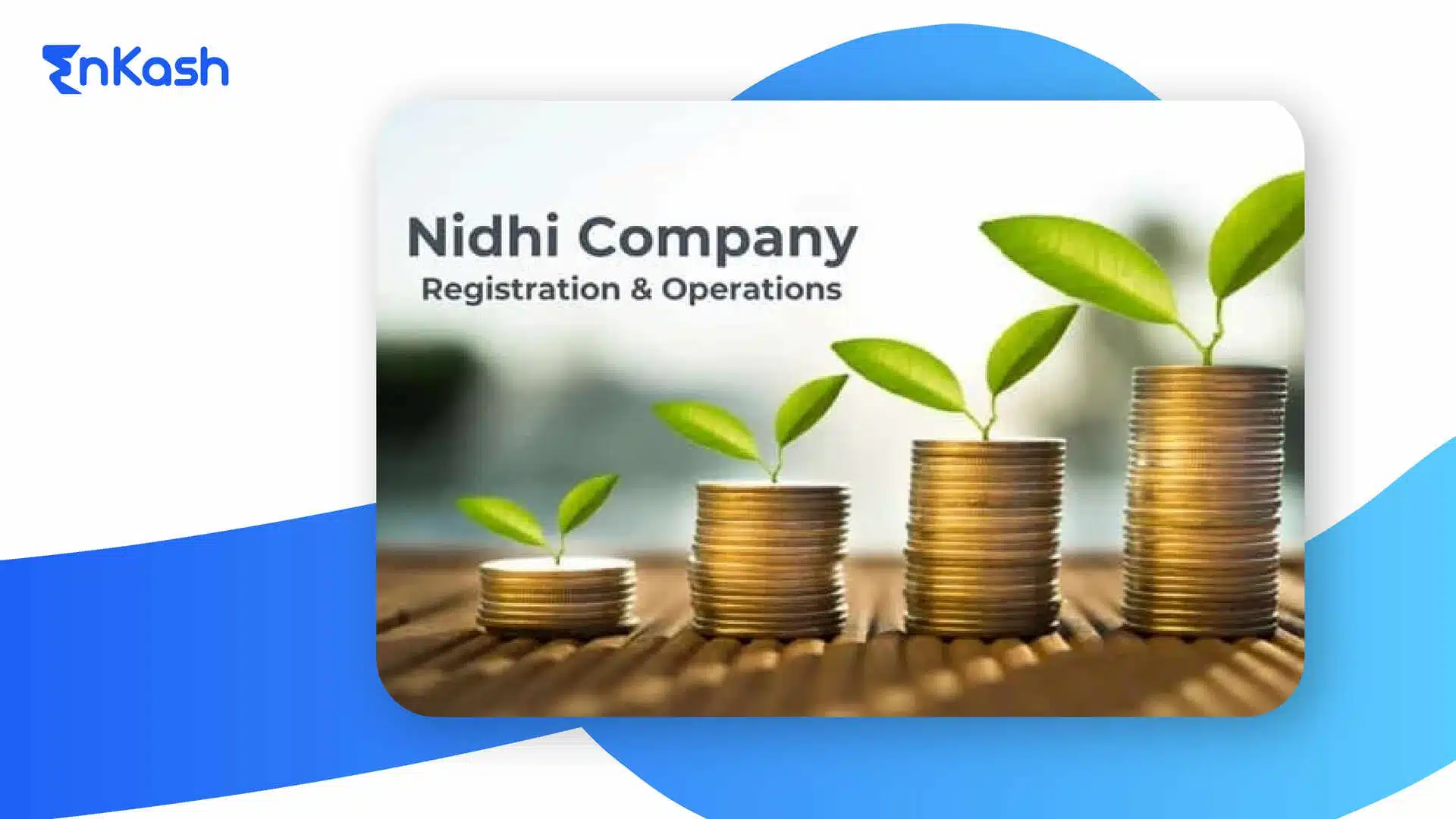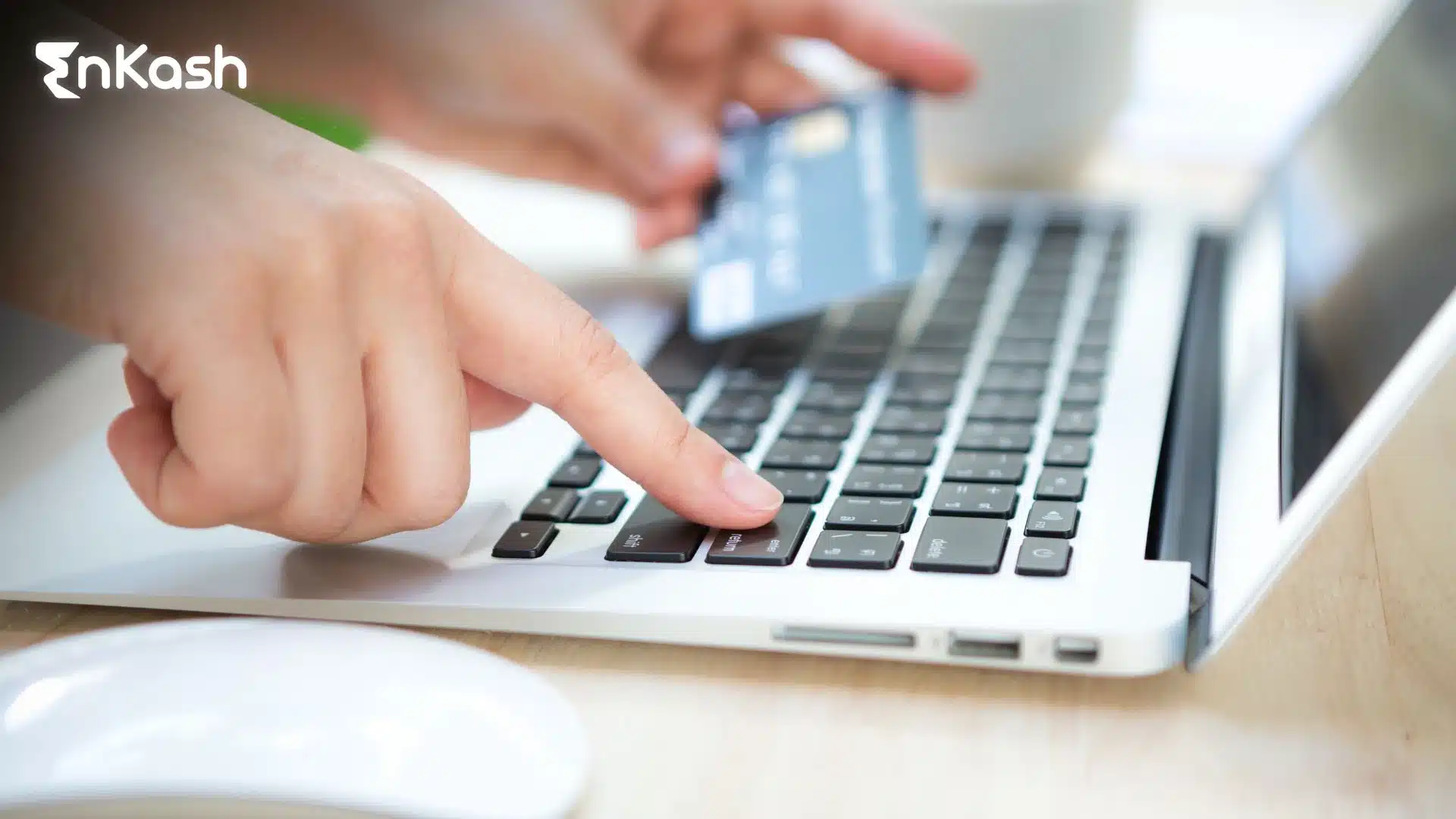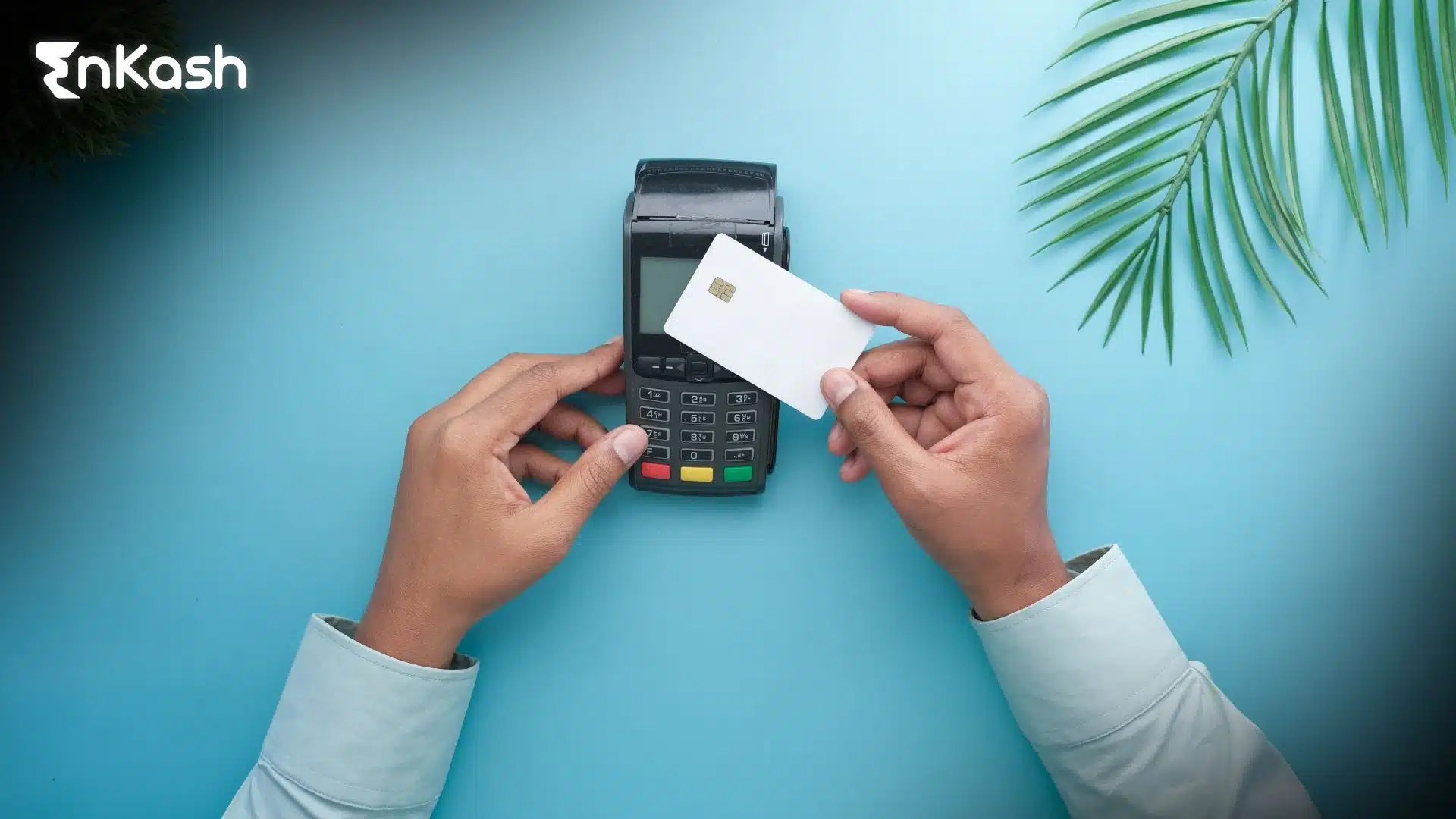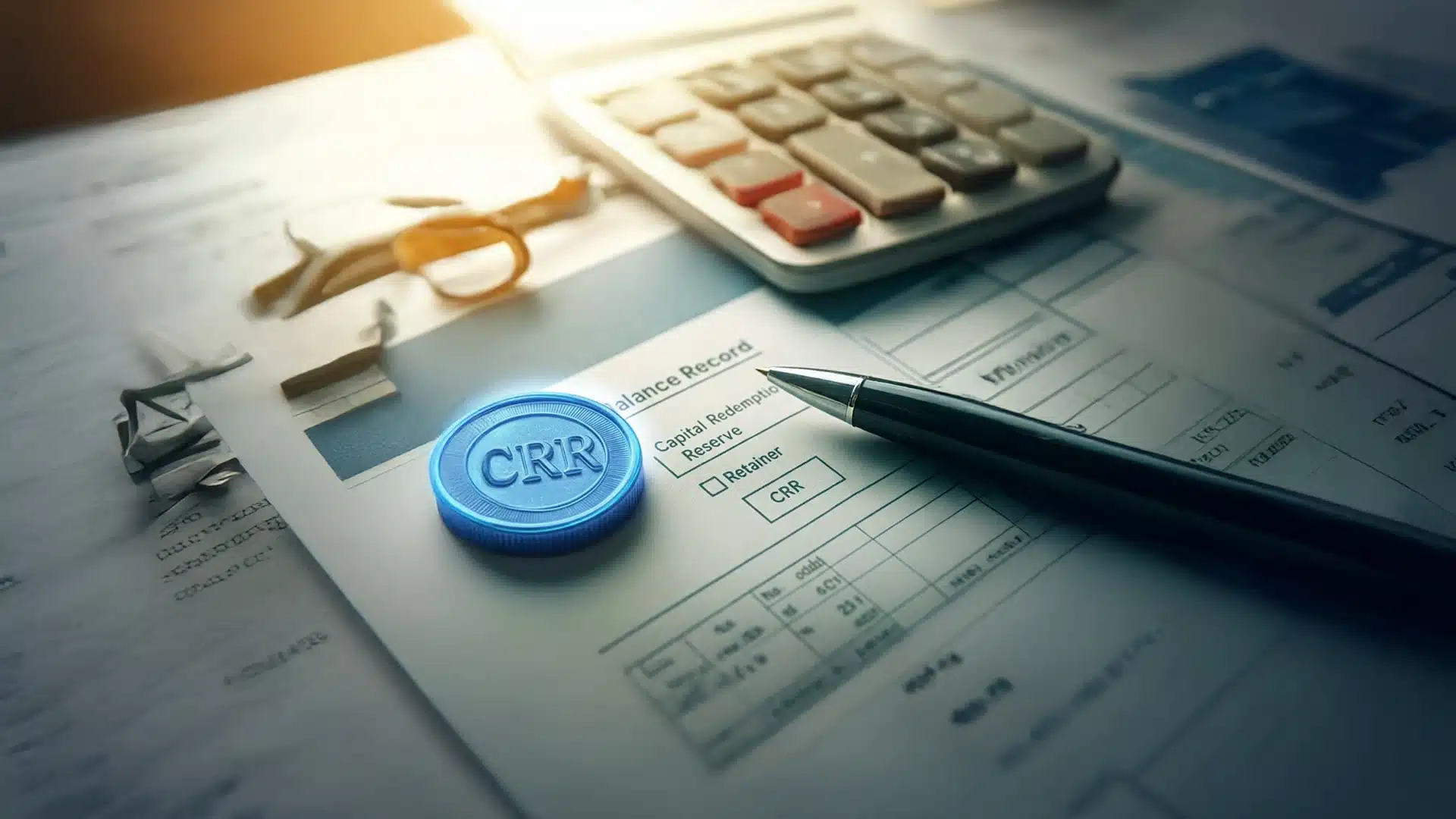Introduction
In today’s fast-moving world, contactless payments are being reshaped in the spheres of shopping, dining, and travel. They are truly a fast, safe, and convenient alternative to carrying cash or even swiping a card. But how do they go about doing that? What devices can you use? Let us take a look at everything you need to know about contactless payment methods in this complete guide.
Tap-and-Go Payments: How We Are Getting Faster in Paying
For the fast-paced world of today, speed and convenience are the utmost necessities, especially when it comes to making payments. Contactless payments are considered one of the most seamless ways to pay, a payment method in which the user simply needs to tap their card or device on a compatible payment terminal. There is no need to swipe or insert your card or hand it to the terminal. The process is fast, hygienic, and gaining popularity everywhere in the world. So, what exactly is contactless payment? It’s a highly secure method of using radio-frequency technology to impart payment information from your card or smart device to the terminal without having to actually touch it. It is endearingly called “tap-and-go” in the payment fields because all it takes is a tap for the payment to be made in a few seconds. This method is more convenient than the conventional payment method of risk of physical contact, reduced wait times, and fewer chances of damaging cards. A regular contactless payment card has a chip embedded in it, with an antenna attached. When the card is held near the terminal–this usually is a distance of 2-4 centimeters–the antenna activates the chip, and payment information is exchanged securely. The same works for mobile phones or smartwatches that carry these digital wallets: Apple Pay, Google Pay, Samsung Pay, you name it. And, with the best part at no entry of a PIN for transactions below a certain limit, it is very convenient when you grab your morning espresso, groceries, or metro tickets!
Speed and convenience are very critical in fast-paced environments where efficient checkouts are almost imperative. Consider supermarkets, public transport, and tolls, or, in the morning rush hour, a local cafe. In such cases, tap-and-go systems enhance the customer experience and help businesses serve more customers in less time. This has become one of the favored payment systems among both consumers and merchants.
To know more, visit EnKash.com
The Smart Tech With a Bit of Magic That Powers Contactless Payments
The end user would probably call this spell; it does feel like magic when the technology behind it is explained. Yet much of it is quite fascinating, bridging the gap between magic and mundane technology. Right at the center of contactless technology lies the relatively well-known technology called NFC. You may have bumped into this term as you set up your phone to pay for transactions, or at some point accepted: “Hold your smart card up here” for entry into a building, or maybe even for a vending machine. So, what is NFC, and how does it enable contactless payments? NFC is a short-range wireless communication method that enables two electronic devices to exchange data when near one another, often less than 4 centimeters apart. The principle behind other operations is the electromagnetic fields, and there is no internet for it. Hence, it provides speed, security, and reliable communication between your device or card and a payment terminal. NFC is being used along with banking in transport, health, and access control.
In NFC-related systems, these NFC tags play a grand role. This comprises a tiny microchip without power, which can store and transmit information once activated by a reader. These tags could be placed within a payment card, smartphone, smartwatch, or even on a sticker. When the tag encounters the reader in the payment terminal, this tag would respond with whatever information is needed for the transaction-giving either your card number or an authentication token. An NFC card is a payment card; as the name suggests, these cards support tap-to-pay. The cardholder has to get his or her NFC card close to the payment terminal, and the transaction shall be made in seconds. Any smartphone/NFC-enabled wearable will allow users to link their bank accounts/credit cards with mobile wallets and then pay through biometric verification. One of the greatest advantages of NFC technology is that it requires neither much external power nor an internet connection. Increased reliability and energy-saving aspect of the technology comes naturally, making it more secure from any ill-willed person. Data exchange happens in a safeguarded encryption environment, so it lessens almost all chances of any fraud or unauthorized access. And another safety measure is that it prevents any accidental payments, since it only works when the card or device is deliberately held in the reader’s proximity. With higher adoption rates and rising trust, NFC is quickly becoming the modern digital payment system backbone. As more devices, banks, and merchants adopt this technology, contactless payment is gradually shifting from a convenience to a standard. The process remains smooth, secure, and consistent, irrespective of being done through a phone, NFC card, or a smartwatch.
Phones, Cards & Wearables: What You Can Use to Pay Without Touching
Payments are evolving rapidly. Before remote payments came in with contactless payments through NFC, the user had to deposit the money in the cashier’s box, physically. Now, whether it’s a mobile phone or a smartwatch, the modern payment application is designed for utmost convenience and security, considering everything dictated by your choice or lifestyle. Currently, many contactless payments are initiated via NFC technology, transmitting data between your device and a payment terminal. The technology works by embedding an NFC tag in your device or card. With your device or card, just bring it close to an NFC-compatible reader, and in a matter of a few seconds, your item will be paid for.
The most common types of contactless payments are:
Mobile Phones:
Almost all today’s smartphones come equipped with built-in NFC capabilities. From mobile wallets, you find Google Pay, Apple Pay, and Samsung Pay all relying on this technology to perform speedy and secure transactions. Unlock your phone, authenticate yourself (fingerprint or face ID), and tap on your phone near the payment terminal.
This method is highly secure, as each transaction is encrypted and doesn’t share your actual card number.
Smartwatches & Fitness Bands:
Besides being used as fashion or health trackers, several of the contactless-enabled wearables allow users to link a credit or debit card and make quick transactions on the go. For those who are working out or don’t want to carry a lot in their pockets, this offers the hand-free option of cashless payments.
NFC Cards:
While many users prefer implementing digital wallets, NFC cards are still popular and easy to use. These are typically standard debit or credit cards embedded with an NFC chip that you can tap to pay and not enter any PIN for smaller amounts. These cards are suitable for those who want to enjoy the best of both worlds: traditional banking and the convenience of tap-and-go payments.
Other NFC Devices:
Other new gadgets and accessories, such as NFC rings or stickers, are popping up as convenient ways to pay. Essentially, these operate just like an NFC card and work great for niche use cases or just adding convenience.
These modes of payment use NFC contactless payment technology to communicate with the terminal and authorize the transaction. Data transmission occurs over a very short distance maximum distance being 4 cm-paying for the quick and secure transaction. Depending upon the system, some of these may additionally use tokenization to protect user information: the card details, therefore, never get exposed.
One of the main advantages of this method of payment is flexibility. If you want to tap away with your smartphone, are an active fitness enthusiast far more interested in carrying a smart band, or simply just someone who has the physical card, choose what best fits your lifestyle. So, as more people become comfortable with tapping to pay, these options need not just be available; it has turned into the norm.
Read more: Modes of Payment
From Coffee Shops to Cabs: Where You Can Use Contactless Payment Today
One of the reasons why contactless payments are taking off is the wide availability across industries. Businesses, in general, are showing a willingness to upgrade quickly, safely, and hygienically. Today, NFC contactless payment systems are no longer limited to upscale retail or a tech-kudos urban enclave- they are almost everywhere.
Here are just a few examples of the many opportunities there are for contactless payments throughout life:
Retail Stores & Supermarkets:
From large chain stores to local grocery shops, almost all locations now support contactless terminals; a mere tap of your NFC card or smartphone completes the transaction within seconds, no fumbling for cash or change.
Restaurants & Cafés:
Dining has never been easier. Many microbreweries and fast-food establishments are now equipped with NFC readers at tables and counters, so patrons can tap to pay without passing a card into the hands of the staff.
Metro Stations & Public Transport:
Cities around the world are now retrofitting their ticketing systems with NFC contactless payment terminals. Tap that phone or card on the gate, and you are good to go. It takes away the familiar line-ups and the need to acquire paper tickets.
Cabs & Ride-Sharing:
Even taxi and auto-rickshaw drivers, in many places, now support digital payments; you can go ahead and pay them through mobile wallets or cards enabled with contactless technology highly secure mode of transport.
Parking Garages & Toll Booths:
Often, contactless payments are being accepted at parking lots and toll plazas where speed is essential.
Food Delivery Services:
Be it pizza ordering or home service, most providers allow for a contactless payment method during delivery. NFC makes it possible to pay with a tap, right at your doorstep.
Street Vendors and Pop-Up Stores:
In many cities, small shops and kiosks are encouraged to use simple, portable contactless readers. The digital transformation supports a more inclusive cashless economy, enabling even the smallest businesses to go digital.
Advantages of contactless payments are: quicker checkout, less physical contact, and better hygiene, being greatest today since the post-pandemic. Vendors get their share as well, reducing their handling of cash and presenting customers with a modern experience. NFC contactless payments would mark the evolution between online and offline retail. They present better options to the customers while knocking only slightly at the front door to change their habits. Whether you’re at a café, in a cab, or browsing a street market, tapping to pay has become a trusted, efficient solution for millions.
As a result, contactless is no longer just a trend—it’s becoming the preferred way to pay. Businesses that adopt contactless payment options not only improve their service but also stay ahead in an increasingly digital world.
Are There Limits to Contactless Payments—and Are They Safe?
Yet another payment option that has recently had a surge in popularity due to speed and convenience is contactless payments. The question amongst buyers often is: Is there a limit to this form of payment, and is it truly secure? To regulate a balance between convenience and safety, banks have come up with maximum payment limits for contactless payments.
The maximum limit generally applied in India for a single transaction is ₹5,000. Some banks also impose daily limits (e.g., ₹20,000 total. Above that, most purchases require entering a PIN or using an extra form of biometric verification, such as fingerprinting or a one-time password (OTP). The idea is to prevent unauthorized transactions if a card or device falls into the wrong hands.
With the NFC card, every transaction receives multiple levels of security, such as encrypted communication during transactions between your card and payment terminal, so that the data transferred is not intercepted by or understood by nefarious hackers. Dynamic transaction codes form another safety mechanism for contactless payments. These codes are unique for every payment and ensure that your actual card number is not transmitted during the transaction. Even if someone manages to capture the data, they wouldn’t be able to reuse it for another purchase. Moreover, NFC contactless payment technology operates within a very short range—typically less than four centimeters—so it only works when the card or device is extremely close to the payment terminal. The limited range sets up a small margin for accidental or unauthorized scanning. The impact of human error is minimal, since even if a cardholder taps the card twice, the system will never charge twice for the transaction. With a few exceptions, transaction limits, encrypted communication, one-time codes, and short-distance communication altogether achieve an appropriate amount of security to make NFC cards and contactless devices safe; in reality, some would say safer. The only remaining factors are for users to follow basic precautions like locking their phones, keeping cards secure, and reporting any losses straight away.
Why More People Are Saying Yes to Tap-to-Pay
Modern-day technologies offer many possibilities for mankind to explore. Hence, with each passing day, more and more people are heading towards tap-and-pay for their daily spending requirements. Contactless payment options have become popular over the years. Whether it be by NFC-enabled cards, across smartphones, watches, and even fitness bands, the wave of popularity is attributed to the big chorus of advantages that include speed, safety, and convenience. Speed has long been held in the eyes of consumers as having been the single biggest selling point for contactless payments. Contact-based payments require inserting the card, entering the PIN, and then patiently waiting for the transaction to clear. Conversely, one-quick-tap contactless transactions take only seconds to complete. Perfect for a quick movement through grocery stores, coffee shops, petrol stations, and transport systems. Since COVID-19 has hit the world, some sort of hygiene consciousness seems to be prevailing, with many people preferring to avoid contact with surfaces like keypads and cash.
Security is another reason why consumers are embracing tap-to-pay methods. Advanced NFC contactless payment technology ensures that every transaction is encrypted and authenticated. As discussed earlier, dynamic transaction codes are used to protect card information, reducing the risk of data theft or fraud. Since actual card details are never shared during the payment, users enjoy a much higher level of privacy and protection. Convenience also plays a major role. Whether you’re using a contactless payment card, your phone, or a wearable device, the flexibility to choose how to pay makes the process smoother. Forgot your wallet? No problem—your smartphone or smartwatch can do the job. Additionally, with widespread acceptance of NFC contactless payment across retail stores, restaurants, cabs, and even street vendors, users rarely face difficulty finding a compatible terminal.
This growing acceptance is pushing businesses to upgrade their systems and offer contactless payment options to meet consumer demand. As a result, both customers and merchants benefit—buyers enjoy quicker, safer checkouts while sellers reduce queues and minimize cash handling.
Looking Ahead: How Contactless and NFC Are Shaping the Future of Payments
As we look for faster, safer, and more seamless transactions, the contactless feature remains at the center stage in the evolving number of payment methods. NFC, the technology behind most contactless payments, is going beyond retail usage and evolving into other domains of daily life. In the coming years, here’s how these two systems are expected to change our payment experiences.
Beyond payments
NFC technology is being employed in public transport, office access cards, identity verification, and event ticketing. These cases are representative of the increasing relevance of NFC far beyond retail.
Smart contactless payment cards
Next-generation contactless payment cards will likely feature biometric sensors, such as fingerprint scanning, so users can immediately and securely authenticate a transaction without needing to provide a PIN or a phone.
More Integration into Mobile Ecosystem
With the rise of digital wallets, the smartphone is undoubtedly becoming central to our financial lives. From this perspective, NFC-enabled mobile devices are increasingly taking on multifunctional roles on an NFC-enabled mobile device. Users use their phones to pay, unlock their cars or doors, or even store health data securely.
Supporting Smart Cities
As urban development trends toward technology, NFC-based systems begin to assist smart-city initiatives. Public transportation to municipal payments may all be run on a single contactless platform.
More Growth in Global E-commerce
As more and more people shop online and go digital first, NFC technology will become a bridge between physical and digital commerce, offering faster and secure checkout experiences both in-store and online.
Conclusion
Contactless payments are not just a trend—they’re the future of secure, fast, and efficient financial transactions. Whether through an NFC card, a smartphone, or a smartwatch, none of these methods allowed for frictionless ease. As more businesses embrace the concept and more people become comfortable with it, the tap-to-pay method will begin to become even more common. Now that you understand how tap-to-pay works and the value it offers, you can decide for yourself which method plays into your lifestyle.

